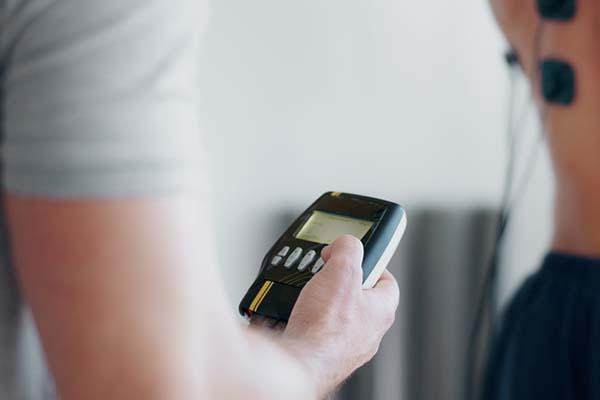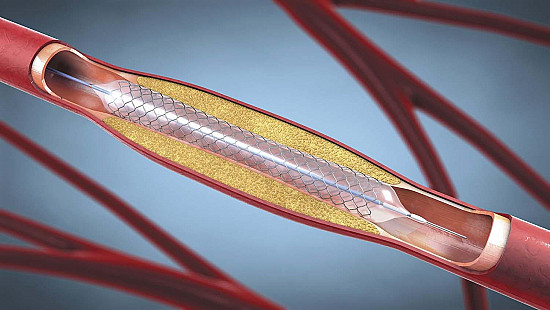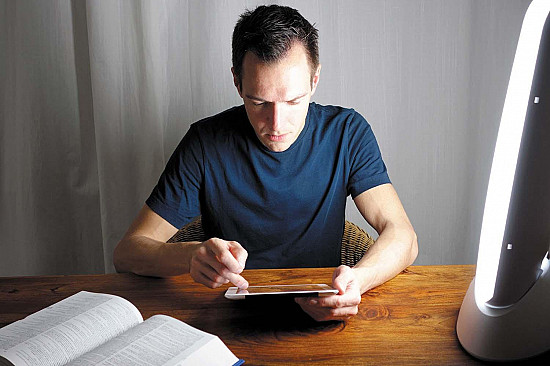Biofeedback therapy: How it works and how it can help relieve pain

Adapted from Pain Relief Without Drugs or Surgery, Medical Editor: Melissa L. Colbert, MD, Instructor in Physical Medicine and Rehabilitation, Harvard Medical School; Interim Medical Director, Spaulding Rehabilitation Outpatient Center.
Biofeedback is a painless technique that has been used since the 1960s to help people take control of their body responses. It can provide a drug-free approach to reducing pain from headaches, back issues, and arthritis, among other conditions. In some clinics, biofeedback is even used for reducing pain in people with cancer. It is also used by psychologists to treat various mental health conditions.
The goal of biofeedback depends on the problem you want to address. For example, you may use the technique to help you recognize when you tense the muscles in your back, neck, shoulders, or head, and to relax them before you feel pain. Alternatively, it can help you learn to relax muscles that are already in pain. Physical therapists (PTs) and occupational therapists (OTs) who specialize in surface electromyography biofeedback (which seeks to control painful muscle activity and tension) also use it to help people correct abnormal movement patterns.
How does biofeedback therapy work
Biofeedback therapy usually begins with an instructional session with a nurse or therapist, followed by practice sessions with a clinician and the biofeedback equipment. During a session, a therapist places electrodes that are attached to the biofeedback machine on various parts of your body. The machine measures pain- and stress-related changes in your body — for example, temperature, blood pressure, and the electrical activity in muscles, which can indicate muscle tension. The machine then translates those measurements into feedback that can take the form of a blinking light, a beeping sound, an image of a balloon, or a graph, giving you immediate data on the status of your body.
For instance, you might be told first to breathe in a shallow, rapid manner (16 to 20 breaths per minute). Then, using the biofeedback machine, you consciously slow your rate of breathing, easing your tension and your pain in the process. To help you do this, the biofeedback machine might show an image of a balloon on the screen representing your breathing rate; you then learn to inflate and deflate the balloon at the slower rate of five to seven breaths per minute. As your control over the targeted body function increases, you are gradually weaned from the machine and begin to practice the skills you have learned without the machine. A course of treatment usually lasts about three months.
Disclaimer:
As a service to our readers, Harvard Health Publishing provides access to our library of archived content. Please note the date of last review or update on all articles.
No content on this site, regardless of date, should ever be used as a substitute for direct medical advice from your doctor or other qualified clinician.















